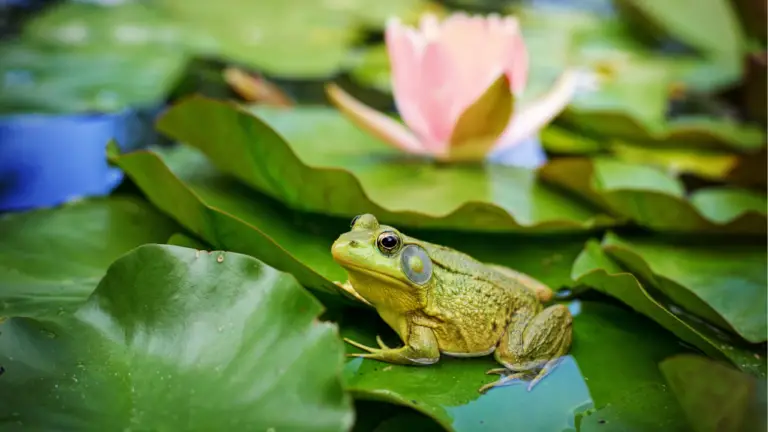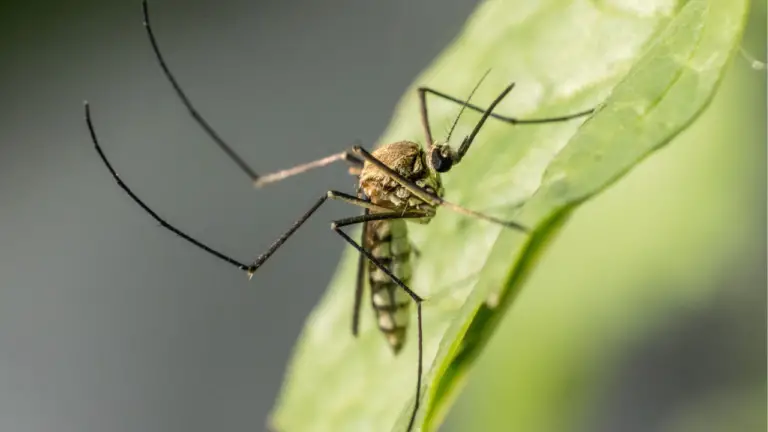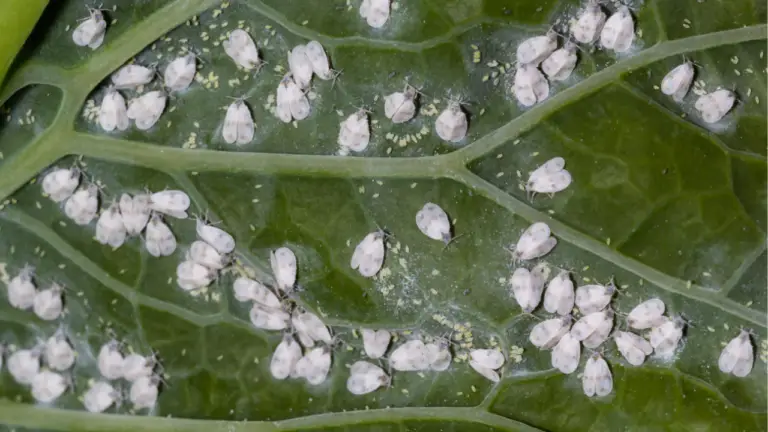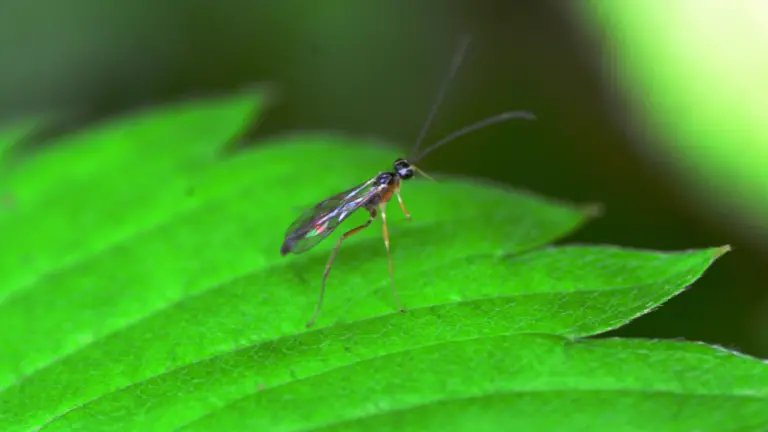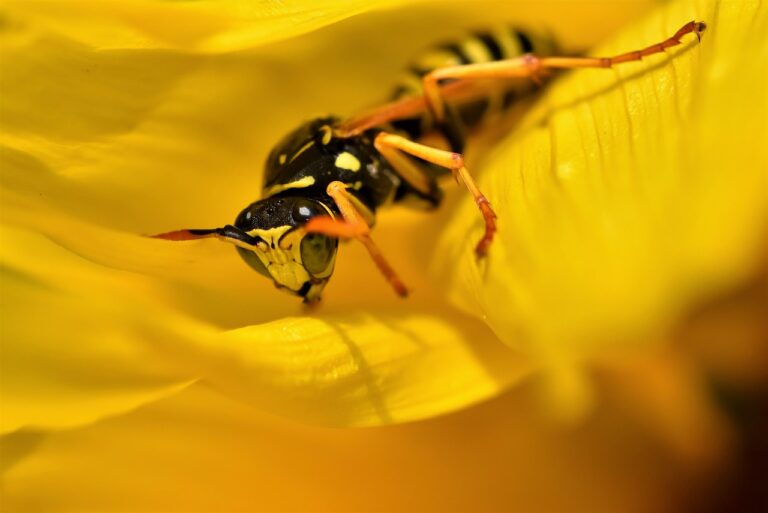How To Keep Pests Off Tomatoes?
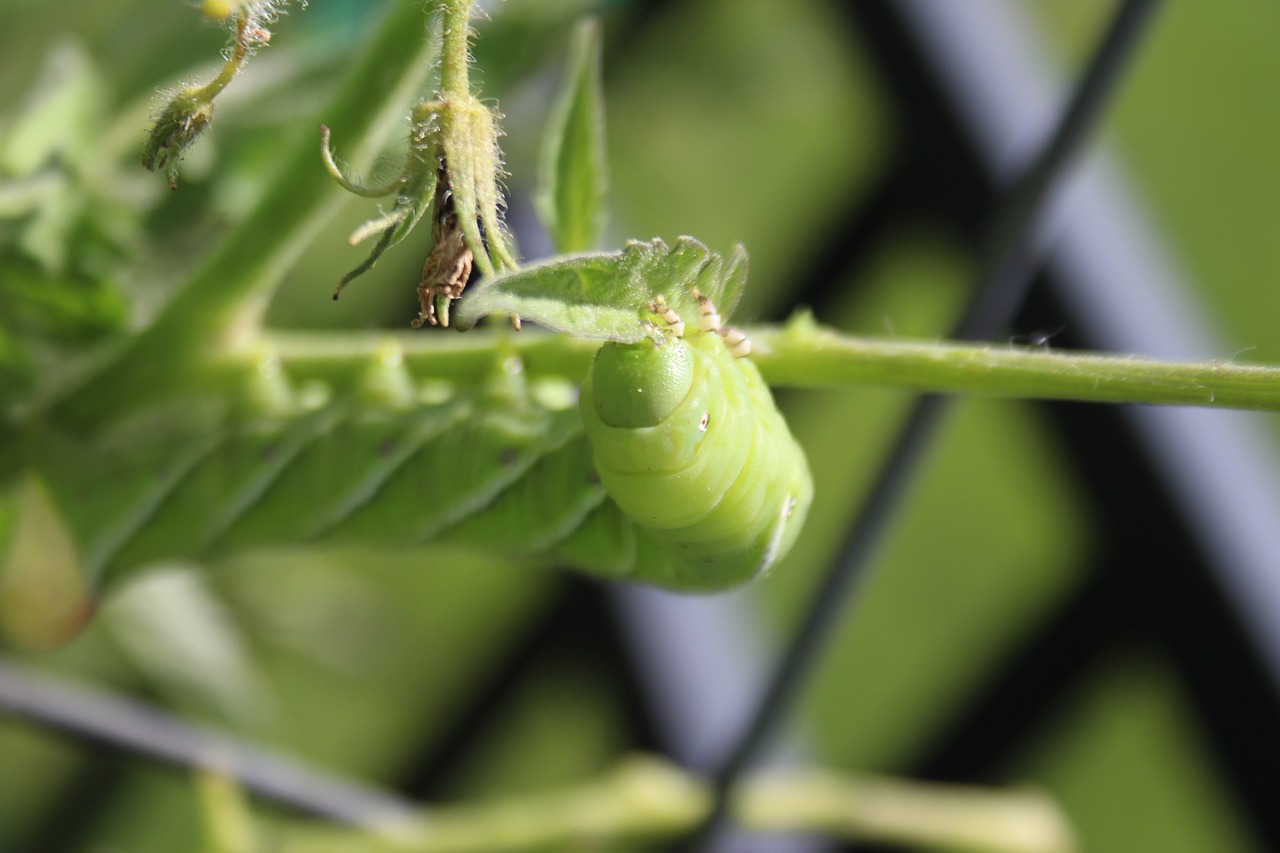
Tomatoes are a beloved garden staple, known for their vibrant colors and delicious taste. However, growing tomatoes can be challenging due to various pests that target these plants. These pests can damage leaves, stems, and fruits, leading to reduced yields and compromised plant health. Fortunately, there are numerous natural methods to keep pests at bay and ensure a healthy, bountiful tomato harvest.
How to Keep Pests Off Tomatoes
1. Companion Planting
Companion planting involves growing certain plants together to enhance growth and protect against pests. Marigolds, basil, and garlic are excellent companions for tomatoes. Marigolds release a scent that repels many insects, while basil and garlic can deter aphids and other harmful bugs.
By strategically placing these companion plants near your tomatoes, you create a natural barrier against pests. This method not only helps protect your tomatoes but also promotes biodiversity in your garden, making it more resilient and healthier overall.
2. Handpicking
Handpicking pests off your tomato plants can be an effective and immediate way to reduce their numbers. Regularly inspect your plants for pests like tomato hornworms, aphids, and caterpillars. Once spotted, remove them by hand and dispose of them appropriately.
Although handpicking can be time-consuming, it allows you to monitor the health of your plants closely. This method is especially useful in smaller gardens where pest populations are more manageable. Additionally, it reduces the need for chemical interventions, keeping your garden eco-friendly.
3. Neem Oil
Neem oil, derived from the seeds of the neem tree, is a powerful natural insecticide and fungicide. It disrupts the life cycle of pests, preventing them from feeding, breeding, or growing. To use neem oil, dilute it according to the instructions and spray it onto your tomato plants.
Neem oil is effective against a wide range of pests, including aphids, whiteflies, and spider mites. It is safe for beneficial insects like bees and ladybugs when used properly. Regular applications can help keep your tomato plants healthy and pest-free.
4. Diatomaceous Earth
Diatomaceous earth is a natural powder made from fossilized algae. It works by dehydrating insects, ultimately killing them. Sprinkle diatomaceous earth around the base of your tomato plants and on the leaves to create a protective barrier.
This substance is particularly effective against crawling insects such as slugs, beetles, and caterpillars. Since it is non-toxic to humans and animals, diatomaceous earth is a safe option for pest control in organic gardening. However, reapplication may be necessary after rain or heavy watering.
5. Beneficial Insects
Introducing beneficial insects into your garden can help control pest populations naturally. Ladybugs, lacewings, and parasitic wasps are predators of common tomato pests like aphids, caterpillars, and whiteflies. These beneficial insects can be attracted by planting flowers and herbs that provide nectar and pollen.
Encouraging a diverse ecosystem in your garden helps maintain a balance between pests and their natural predators. By fostering an environment where beneficial insects thrive, you can reduce the need for chemical pesticides and promote healthy plant growth.
6. Row Covers
Row covers are lightweight fabrics that can be draped over your tomato plants to protect them from pests. These covers act as a physical barrier, preventing insects from reaching the plants while allowing sunlight, air, and moisture to penetrate.
Using row covers is an effective way to protect young tomato plants from pests like flea beetles and aphids. They can be removed once the plants are established and strong enough to withstand minor pest attacks. This method is particularly useful during the early growing season when plants are most vulnerable.
7. Homemade Insecticidal Soap
Insecticidal soap can be made at home using simple ingredients like dish soap and water. This solution works by suffocating soft-bodied insects like aphids, whiteflies, and spider mites. Mix a few drops of mild dish soap with water and spray it directly onto the pests.
Homemade insecticidal soap is an effective and inexpensive way to manage pest populations. It is important to test the solution on a small area of the plant first to ensure it does not cause damage. Regular applications can help keep your tomato plants free from harmful insects.
8. Proper Watering Practices
Overwatering can create a humid environment that attracts pests and encourages diseases. Water your tomato plants at the base, avoiding the leaves, to reduce humidity and discourage pest infestations. Drip irrigation systems are ideal for providing consistent moisture without wetting the foliage.
Proper watering practices help maintain healthy plants, making them less susceptible to pest attacks. Consistent, deep watering encourages strong root development, while reducing the chances of fungal infections that can attract insects.
9. Mulching
Mulching around your tomato plants helps retain soil moisture, regulate temperature, and suppress weeds. Organic mulches like straw, grass clippings, or wood chips can also deter pests by creating a barrier that insects find difficult to navigate.
By maintaining a layer of mulch, you can reduce the likelihood of pest infestations. Mulch also improves soil health over time as it decomposes, providing nutrients to your plants. This method is both a preventive measure and a way to enhance the overall growing conditions for your tomatoes.
10. Regular Garden Maintenance
Keeping your garden clean and well-maintained is crucial for preventing pest problems. Remove weeds, debris, and dead plant material that can harbor pests. Regularly prune your tomato plants to improve air circulation and reduce the habitat for insects.
Regular garden maintenance helps identify pest issues early before they become severe. By maintaining a tidy garden, you create an environment that is less attractive to pests and more conducive to healthy plant growth. Consistent monitoring and upkeep are essential for a successful tomato harvest.
By implementing these natural methods, you can effectively protect your tomato plants from pests without relying on chemical pesticides. Each solution contributes to a healthier, more sustainable garden, ensuring that your tomatoes thrive and produce abundant fruit.

